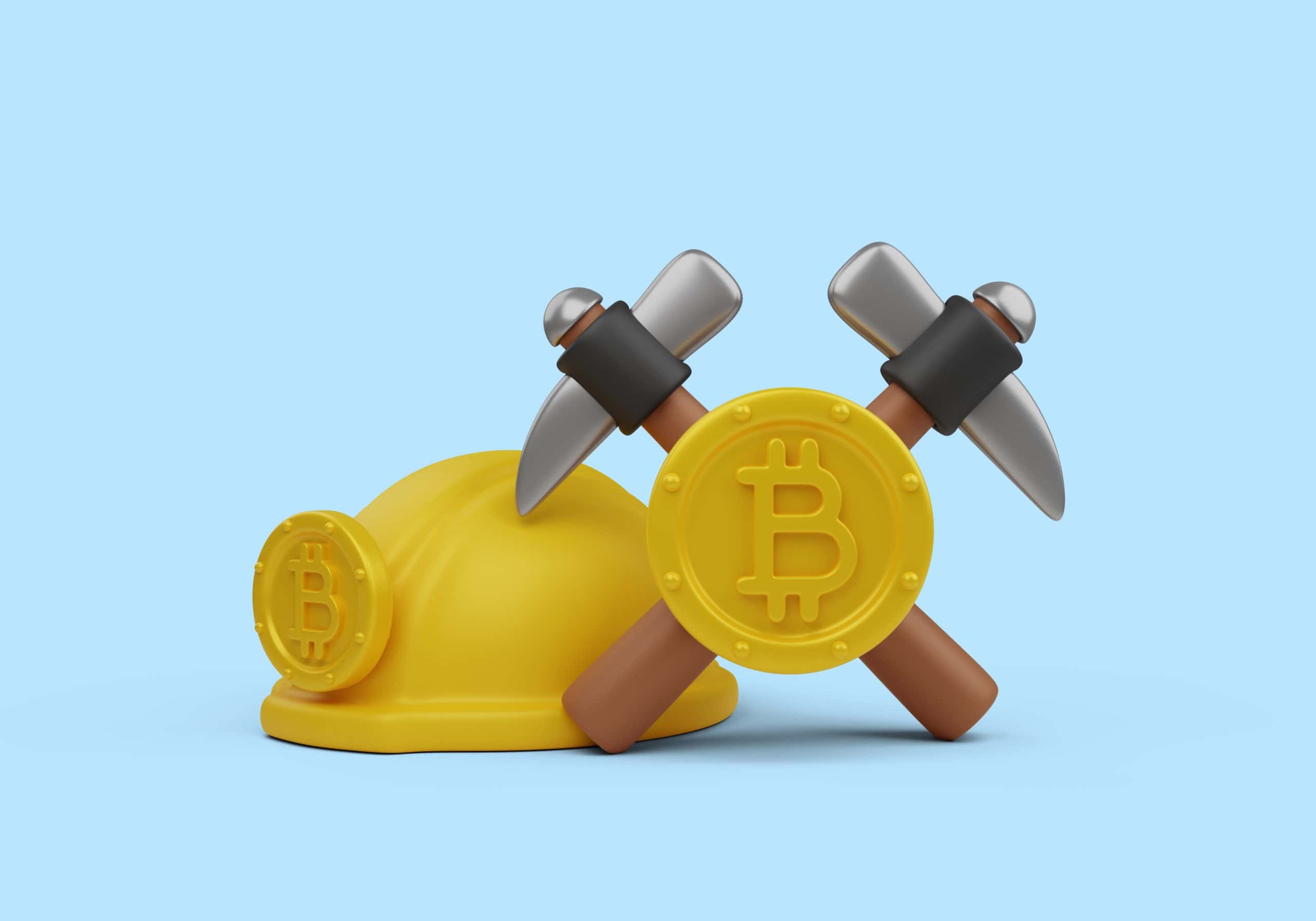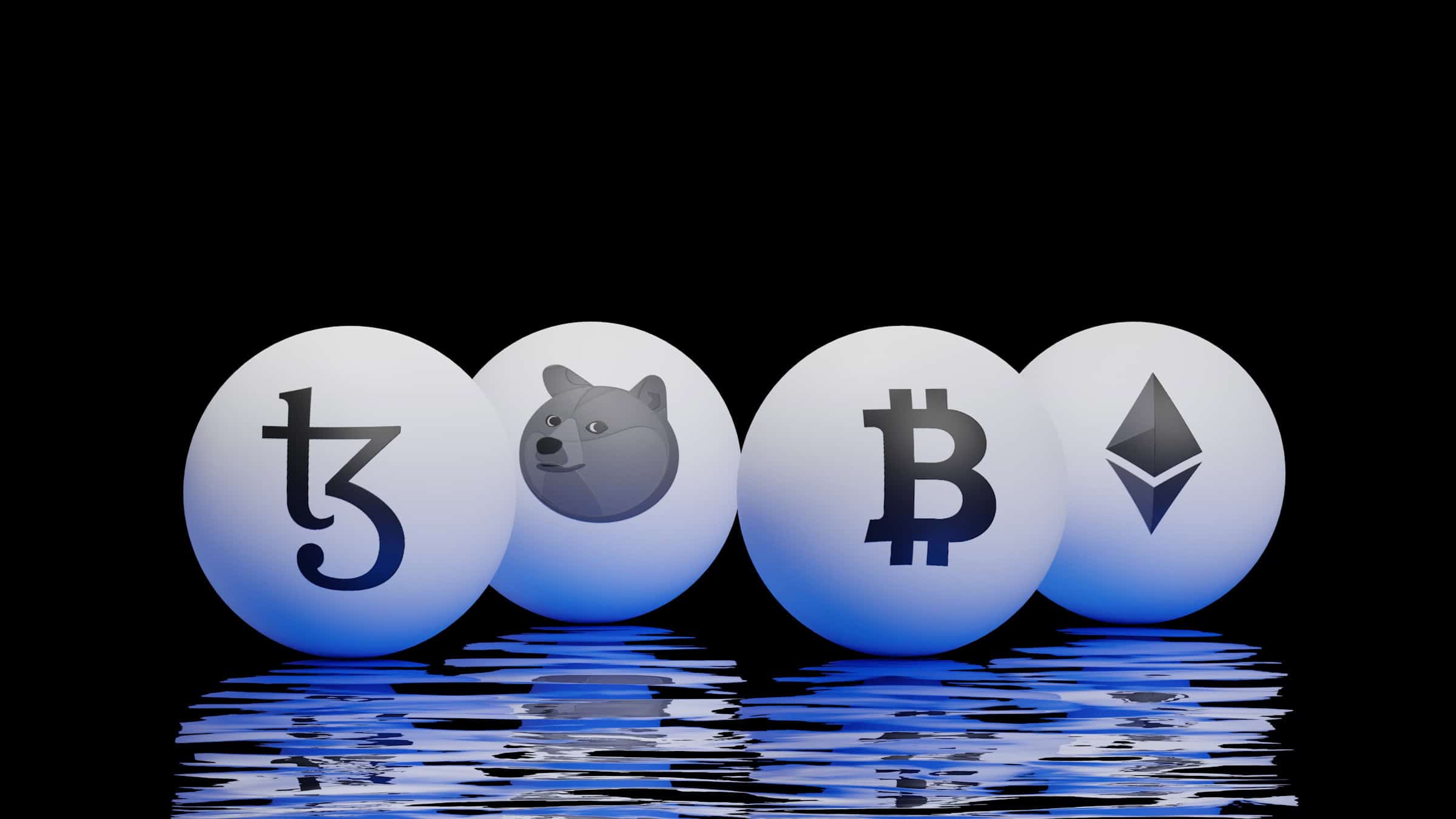The Bitcoin halving is a long-awaited event in the crypto industry, as the mechanism is of considerable importance for supporting Bitcoin’s high demand. The first halving occurred in 2012, and now that we’ve reached the fourth, it’s time to dwell on its efficiency and impact.
The purpose of the halving is to cut down miners’ rewards by half, reduce the block issuance number, and keep demand rising while supply is scarce, which will help prevent inflation. Considering that Bitcoin is a deflationary cryptocurrency, its value increases over time.
If you’re an investor and are interested in digital coins, it would be best to learn how to buy Bitcoin before the prices explode after the halving to leverage its price and diversify your portfolio fully. However, if you’re a miner, it’s time to update your rig and find alternative sources of income because mining will get more difficult as the halving sets in. Here are the decisive factors.

The effects of the difficulty adjustment technology
Bitcoin has implemented this method of adjusting the mining complexity that helped miners many times when the congested network made them difficult. The algorithm was triggered every 2,016 blocks, which happened about every two weeks, and balanced the actual average block time against the block time target of ten minutes per block.
Depending on the result, the network can benefit from faster or slower block times if the average block time is less or more than ten minutes. However, the mechanism is affected by the halving in the first stage by reducing profitability and a low total hash rate that slows block times. After this, miners must adapt to the situation, upgrade their hardware, and relocate their electricity sources to cheaper alternatives.
There are also long-term implications of increased mining difficulty. For instance, centralization concerns start to arise, as many miners will cease their operations on the network due to a lack of profitability, meaning only the large-scale mining companies will be able to sustain the halving.
On the other hand, there will also be various advantages to halving in the long term, including a push towards sustainability practices since the pressure to reduce costs might lead to increased renewable energy sources for mining. Moreover, the halving can trigger further technological advancements.
The hardware competition will escalate
Considering that the mining difficulty increases, users will have to update their rigs with the latest hardware and software options on the market, driving competition to the moon. For example, ASICs might not be enough anymore to sustain the mining process, so users will have to purchase and set FPGAs as well, and they tend to be considerably pricey due to their best effects. Miners can adapt these chips to any requirements through coding, so they’re substantially flexible and can help in withstanding volatility and hash rate spikes. However, FPGAs tend to require a higher power consumption than ASICs, and they can be quite complex to use.
Besides the chips, you also need to get the most efficient motherboard and complete the rig with CPU, RAM, and a Power Supply Unit (PSU). Considering how competitive the market is, the prices of these components might increase from one halving to another, so miners must be prepared with additional income to sustain their mining practices.
Moreover, the problems don’t end after building the rig. You’ll constantly have to ensure you’re keeping up with electricity costs, and depending on where you live, you might be paying more than you can support. Extreme power consumption will happen if you decide to make the hardware run 24/7, which is sometimes necessary to mine enough Bitcoins.
Mining pools might be pushed toward centralization
Mining pools are an essential part of Bitcoin mining because they allow miners to spread their energy resources and bitcoins in order to make this practice sustainable for the long term. It is almost impossible to mine independently now because building a rig so powerful can only be done through collective effort.
At the same time, crypto experts noticed that with each Bitcoin halving, only a few mining rigs control a significant part of the total hash rate, which is also the case with Ethereum’s staking method. Unfortunately, it seems like there’s a lot of mining pool filtering or censoring transactions, which might benefit only some mining pools.
At the same time, miners are losing autonomy during the mining process because they must divide most of their rewards, which puts them under significant difficulty compared to mining pools like AntPool and Foundry, which consolidate the Bitcoin network.
Finally, depending on the payout scheme chosen or required during mining, miners can win more or less income. For example, some of the simplest forms of payments include pay-per-share or full-pay-per-share, while the most complex, pay-per-last-n-shares, requires you to stay connected between blocks, and the risk of losing your contributions is high.

Miners need to leverage value-added deals
In order to remain profitable even during and after the halving, experts advise miners to use the value-added strategy because smaller miners might risk getting devoured by more efficient miners and pools. Therefore, this method of buying assets from others can ensure miners a significant return on investment that can help them withstand the challenges of remaining relevant in the market.
This also means investing in cryptocurrencies and blockchains because their value will matter in a miner’s portfolio. Although this should be done long before the halving because prices tend to be lower, there’s always time to consolidate your mining system and practices.
Are you ready for the halving?
The Bitcoin halving is an essential event in the crypto world, even if it affects miners considerably by lowering their rewards by half. Satoshi introduced the halving to increase demand and lower supply in order to sustain Bitcoin’s value, but it significantly affects mining by making the hardware more expensive and the pools competitive. Therefore, miners must get ready to withstand the halving’s increased mining complexity by adding value to their portfolios and having additional income sources.